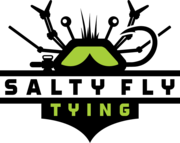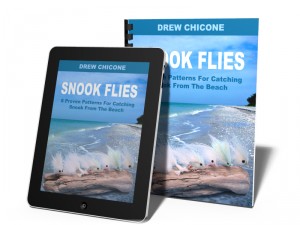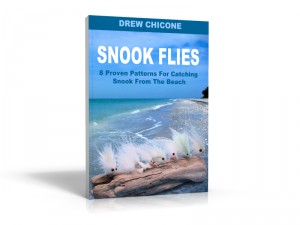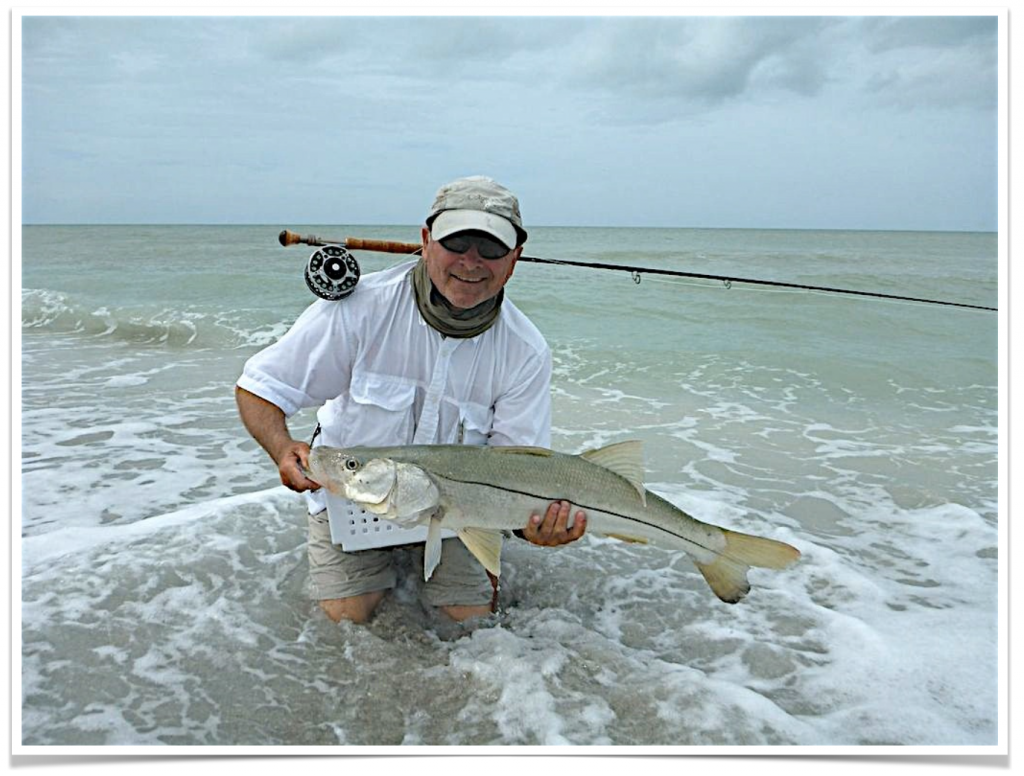
Because the waters along the beaches were so churned up and dirty, my normal light and bright patterns just didn’t seem to stand out. I was picking up snook occasionally, so I knew the snook were still in close to the beaches, but it seemed like they just weren’t able to pick the flies out in those water conditions. Using the Squibbster as a base, I began experimenting with various color combinations and materials to produce a fly that was more visible in ” muddy ” water.
My experience with spring steelhead fishing has shown gold/ yellow/ copper colors to be more productive. After a couple weeks of experimenting, I settled on tan as the contrasting color that appears to be visually stimulating to the fish in dirty water.
This is the third installment of Snook Flies. To read the rest of the interview, and for the complete step-by-step instructions for tying this snook fly and 7 more, download your copy of Snook Flies at www.saltyflytying.com.
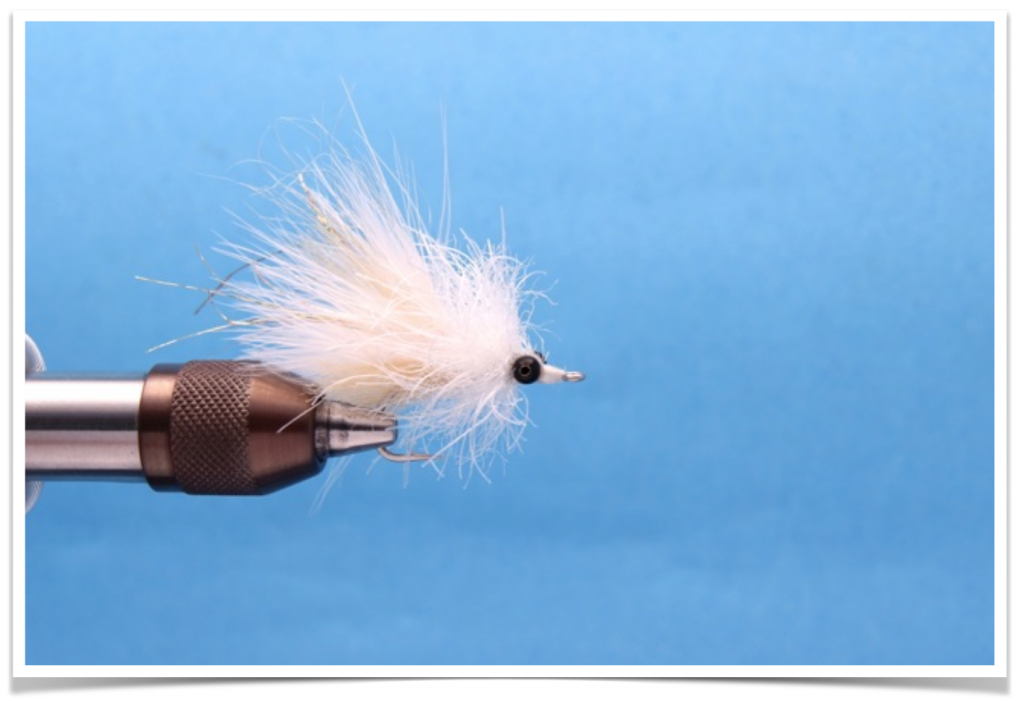
165 page downloadable pdf. is illustrated with ultra-hi resolution step-by-step instructions, click the link, or icon to download your copy today. $14.99 The paperback version should be available just in time for Christmas. Detailed instructions for tying Joe Mahler’s Straw Boss, Dave Johnson’s Petticoat Streamer, Pete Squibb’s Dirty Squibbster, Drei Stroman’s Crystal D, Bill Baldus’s Neon Knight, Nicholas Davis’s Lightsaber Pilchard, Steve Gibson’s DT Special variation, and my go to the Captiva Cannibal.
If you have questions or other topics in mind you would like explained, feel free to comment or send me an email.
Keep Your Wraps Tight & Feathers Straight!
-Drew
